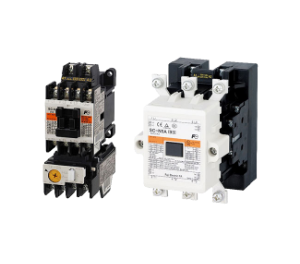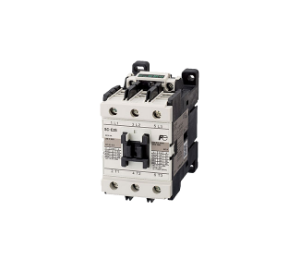The path is the footprint of the Japanese electromagnetic switch.
Having recorded 300 million units of cumulative production volume,what is the history of the Fuji Electromagnetic Switch?
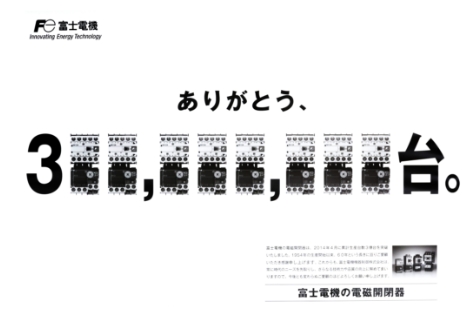
Since its release in 1954, the electromagnetic switch of Fuji Electric FA Components & Systems has always been ranked the top in the domestic market.
After 60 years from the start of production, the cumulative production volume exceeded 300 million units, we continue to evolve to meet the needs of contemporary society.
We aim higher and recall our past that has been leading the industry.
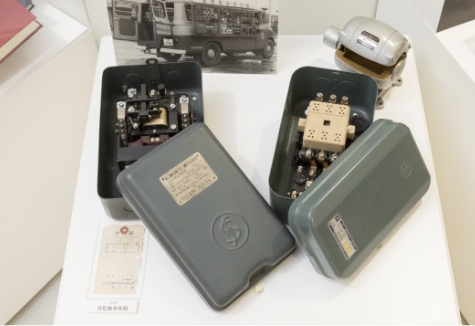
The successor model SRC series (right)
The birth and the history of Fuji Electric's electromagnetic switch
In our contemporary life, we heavily rely on electricity. The ""electromagnetic switch"" is indispensable for safety and security of electric equipment. An electromagnetic switch refers to an electromagnetic contactor that plays the role of turning on and off electric path by electromagnet, and incorporates a thermal relay that protects its load from overcurrent and plays the role of a switch for electric circuits.
Fuji Electric Manufacturing Co., Ltd. (founded in 1923), the parent company of Fuji Electric FA Components & Systems, started production of the first electromagnetic switch RC 3931 series in 1954. At that time, the switch was highly innovative and established high reputation for its high performance and compactness.
Full-scale factory production has began in 1960 and our products became widely used in many factories and facilities in the high growth period. We continued product development to make it more compact and last longer to meet the demands of the time. Subsequently, we launched the SRC series in 1965. In 1978, we announced the long-selling product, the SC series, which achieved miniaturization by directly connecting the electromagnet and the opening part.
Continually, the New SC series released in 1984 had adopted the electronically controlled super magnet with IC mounted on the operation circuit enabling high reliability in operation and energy saving.
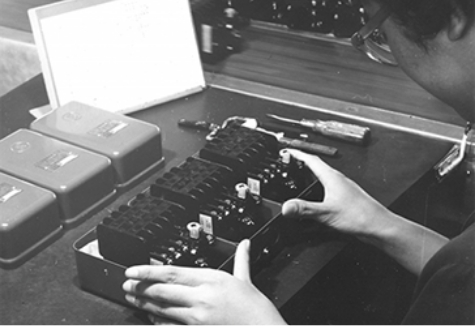
The reason why Fuji Electric's electromagnetic switch has been continuously chosen:
High-quality and reliable product
The five concepts of the controlled electromagnetic switch by Fuji Electric FA Components & Systems are:
""Safety"", ""Practicality"", ""Miniaturization"", ""Internationalization"", and ""Environmental-friendliness"".
I believe that these are the reasons why our products have continuously been chosen for decades.
For example, the number of mechanical opening and closing tests that conducted in Fuji Electric's in-house facility, which may vary per the model, exceeds approximately 15 millions when it is large. We do not compromise any for the quality; to ensure the safety and long-term use of our products.
To meet the fluctuating market demand, we also conducted product downsizing, which is one of our strengths. TWIN breaker is the example.
We have continuously been working on how to make smaller product while maintaining its functionality. For the SK series launched in 2011, we succeeded in downsizing the electromagnetic contactors and thermal relays; the depth dimension was reduced by 80% while maintaining performance.
In addition, our standard products meet the worldwide demand for high-performance electromagnetic switches; we correspond to the major standards; including Europe, the United States and China.
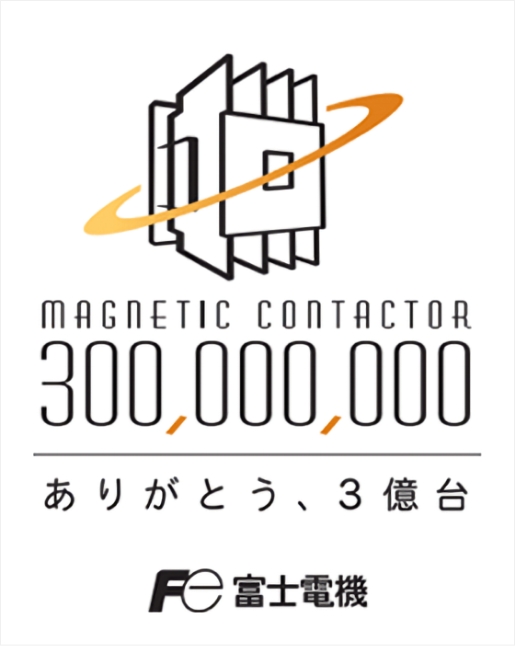
As the top manufacturer of electromagnetic switches
─Total production exceeded 300 million units.
Since 1954, Fuji Electric's electromagnetic switch has always been ranked the top in the domestic market. In 2014, the 60th anniversary of our production, we have achieved accumulated production units of 300 millions.
In the 60-year history, we have cultivated deep knowledge about materials and design. The precious feedback that we have received from our customers is the driving force that always motivates us to move forward. We will continue to advance with product development and aim to satisfy all our customers as the top manufacturer of electromagnetic switches.
